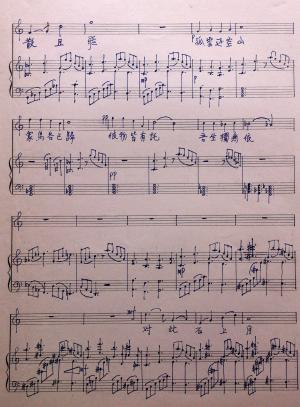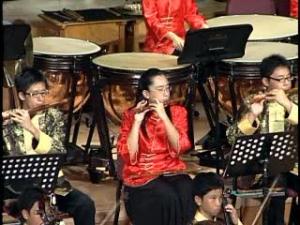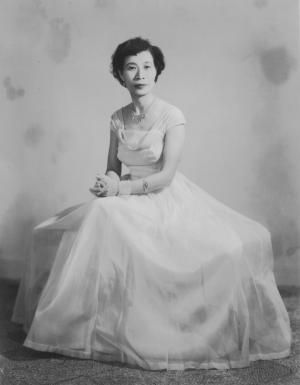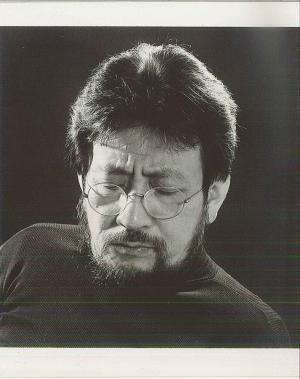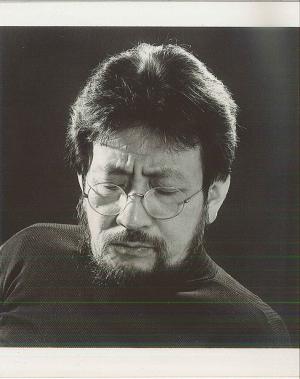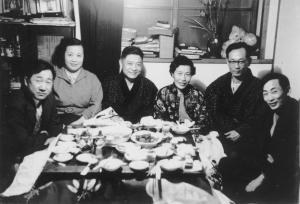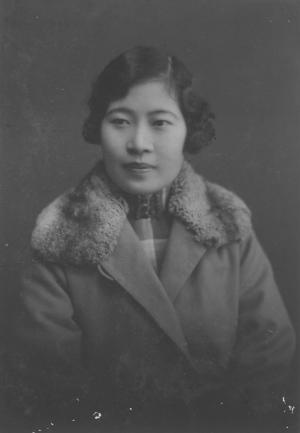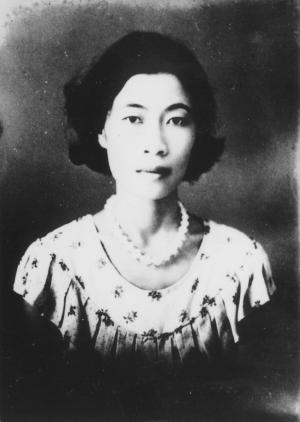秋風秋雨秋煞人
秋雨:中音嗩吶與小組
秋風:三弦與小組
秋心:高音嗩吶與三弦和小組。這個樂章是秋瑾七言詞中的愁這個字演繹而來。中文的愁字是曲秋和心組成。道教傳統打齋儀式上的音樂元素被運倒貫穿於這個樂章以表達心中的愁。整篇樂章夾雜多個即興段落給獨奏者自由發揮的思想及技術空間。
完結曲:三弦與管子的即興樂章。獨奏者需要從已作的開頭,用他們自已對愁的理解及由之前三個樂章所得到的感受,來演繹即興演奏。
Qiu Jin(1875-197), a woman poet and a revolutionary, was arrested and executed before a plan of uprising was carried out. She wrote down the following line before she died:the autumn rain and wind agonize me so muchThe line was divided into three segments as the titles of different movements: Ⅰ. "Autumn Rain" Ⅱ. "Autumn Wind" Ⅲ. "Autumn Heart" . The composer also employs these three aspects as dimensions to perceive and render "Agony" in his own senses.
Ⅰ. "Autumn Rain" -zhong yin suona (alto suona) with mixed ensemble
Ⅱ. "Autumn Wind" -san xian with mixed ensemble
Ⅲ. "Autumn Heart" -gao yin suona ("soprano" suona) and san xian with mixed ensemble. The movement was named after the fifth words “愁” from the line. Terminologically, the Chinese word “愁” (agony) is constructed by two characters, "Autumm" (秋)and "Heart" (心). Elements of Cantonese Taoism ritual music has been utilized throughout the movement depicting the anguish of a heart. Sectional improvisation involved in this movement allows the soloists a greater freedom on disclosing their intrinsic musical ideas.
Ⅳ. "Postlude" -an improvisational movement for guan and san xian. The soloists are required to develop from the written beginning upon their perception on agony and further unfolding their sensations derived from previous movements.

